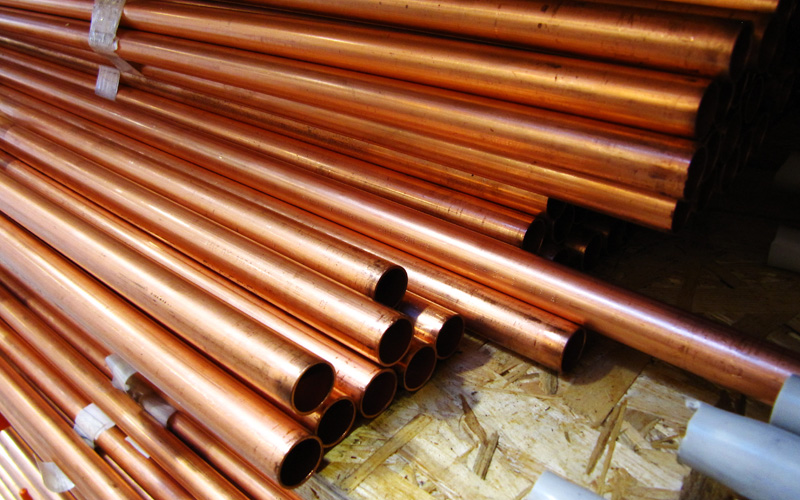325
In developing its global market balance, the ICSG us
es an apparent demand calculation for China—the leading
global consumer of copper accounting for about 45% of world demand—that does not take into account changesin unreported stocks [State Reserve Bureau (SRB), producer, consumer and merchant/trader]. To facilitate globalmarket analysis, however, an additional line item—Refined World Balance Adjusted for Chinese Bonded StockChanges—is included below that adjusts the world refined copper balance based on an average estimate of changes in unreported inventories provided by three consultants with expertise in China’s copper market. The resulting adjustments to world refined copperbalance are discussed separately in italics below.
According to preliminary ICSG data, the refined copper market balance for January 2016 showed an apparent production surplus of 56,000 metric tonnes (t). When making seasonal adjustments for world refined production and usage, January showed a productionsurplus of 50,000 t. This compares with a production surplus of15,000 t (a seasonally adjusted surplus of 9,000 t) in January2015.
In January 2016, world apparent usage is estimated to have incr
eased by around 4.5% (90,000 t) compared with that in January
2015. Chinese apparent demand increased by 16% based on a 15.5% increase in net imports of refined copper. Excluding China,
world usage declined by around 5%. On a regional basis, usage is
estimated to have increased by 9% in Asia (when excluding China, Asia usage declined by 5%) and 1% in Oceania, while declining by 3% in Europe, 1.5% in Africa, and 7% in the Americas.
World mine production is estimated to have increased by around 2% (30,000 t) in January 2016 compared with production in January 2015. Concentrate production increased by 2.5% while solvent extraction-electrowinning (SX-EW) remained essentially unchanged. The increase in world mine production was mainly due to a recovery in production levels in Indonesia and in Peru while the latter also benefited from new production at mines that
started last year. Production declined by 11% in Chile, the world biggest copper mine producer. On a regional basis, production in January rose by 11% in Asia, 1% in the Americas and 1.5% in Oceania but declined by 1.5% in Europe and 6% in Africa. The average world mine capacity utilization rate for January 2016 declined to 82% from 84% in January 2015.











